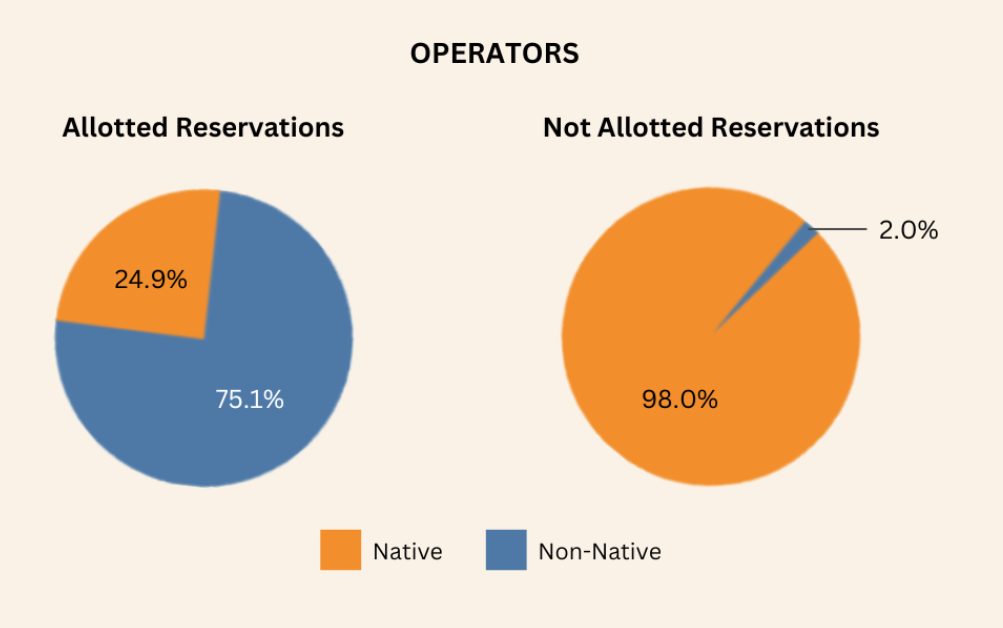What did early reservation agriculture look like? What is the settler colonial myth, and how has it distorted the perception of Native agriculture? What is the historical legacy of allotment? How are Native communities actively resisting and healing from this legacy?
The Native Lands Advocacy Project is thrilled to announce our newest storymap: The Legacy of Allotment on Contemporary Native Agriculture!
For some, the great disparities between Native and non-Native people in agriculture are easy to explain away. “Native peoples are incompetent farmers,” some might say, or a similar claim: “Farming is incompatible with Native culture.” This myth persists in the American psyche today, built upon disingenuous portrayals of Indigenous communities and a false, ahistorical understanding of their agricultural practices. But it is not a harmless myth—it serves to legitimize the gross injustices of land cessions and exclusionary federal policies during the allotment era.
The Legacy of Allotment on Contemporary Native Agriculture
This interactive storymap will take you through critical historical Native agriculture policies and how they have shaped Native lands and economies today. From looking at the most recent data from the USDA Census of Agriculture for American Indian Reservations, land division maps, and a land quality case study on Pine Ridge, we are able to trace current disparities back to their roots in oppressive allotment policies. However, we also know that Native communities across the country have been leading efforts to reverse the impacts of these historical policies. See some of the features and screenshots of our storymap’s key content below!

Key Features of Our New Storymap:
- Inclusion of early reports of reservation agriculture
- A walkthrough of relevant historical allotment legislation and their impacts on Native communities + allotment map to observe which lands were allotted v. non-allotted
- Important data points from the Census of Agriculture that show the disparities in agricultural production between allotted v. non-allotted reservations
- Land quality case study looking at prime agriculture lands on the Pine Ridge reservation
- Resiliency efforts by Native communities and Native organizations













